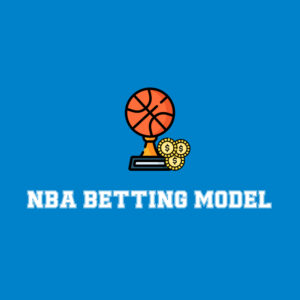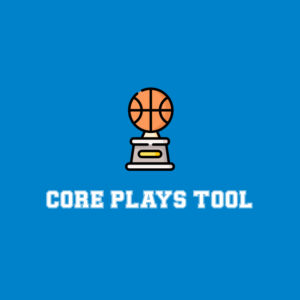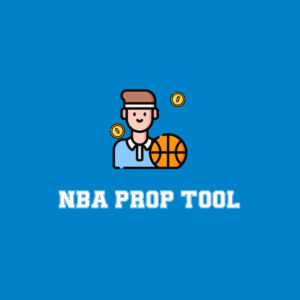
Sometimes, the definition can be tricky, but we all know a post-hype sleeper when we see one. Maybe it’s an injury that gets in the way. Perhaps too little playing time weighs down opportunity, or a team’s overall offensive ecosystem is too crummy to provide success from a fantasy football perspective.
Not every player lives up to the excitement surrounding them; “failure” comes in many forms. But the possibility of a bounceback season of sorts can be tantalizing, particularly when the investment opportunity comes at a low ADP cost.
We’ll be looking at these kinds of names in this article: players who previously carried momentum but for whatever reason “failed” and are now likely to be available relatively cheap in 2025 fantasy football drafts.
Keep in mind that the actual NFL Draft is less than a month away, and some of these team situations could change. But if you’re in best ball drafts now, none of these prices will be too steep if circumstances change for the worse. That’s why I’ll be referencing current Underdog ADP throughout.
So let’s hop in, shall we?
(All stats per FTN’s NFL StatsHub unless otherwise noted)
Fantasy Football Post-Hype Sleepers for 2025
Josh Downs, WR, Indianapolis Colts
It can be argued that Downs doesn’t count as a “post-hype” guy, given that his excitement level has essentially always been within the “sleeper” realm, but waiting on a third-year breakout in 2025 can be a bit tiring for certain folks.
Still, this potential leap might be worth the wait.
At the risk of oversimplification, the reason for Downs’ inconsistent fantasy performance(s) to date is almost entirely tied to Anthony Richardson being the Colts’ primary quarterback. Just examine the splits (per the FTN Splits Tool) he logged with Joe Flacco in as Indianapolis’ starter at times filling in for the oft-injured Richardson last season:

That’s a fairly substantial difference! And admittedly the extrapolation game can often be unreliable, but those 15.5 PPR points per game in Flacco’s games would have ranked 17th among wideouts over the whole year between Terry McLaurin and DeVonta Smith. The solid WR2 ceiling is there.
Supposing free agent signee Daniel Jones (one year, $14 million contract) can beat out Richardson for the starting quarterback job in Indy out of camp, Downs is absolutely capable of vastly outperforming his WR47 ADP. He finished as WR27 in points per game last year despite bum quarterback play from the former University of Florida signal-caller in tow for 11 starts.
Let’s quickly highlight the key difference between Richardson and Jones to help build the context: Neither quarterback has lived up to his promise thus far. But even in terms of adjusted completion rate, which crucially removes drops by a receiver or intentionally thrown-away balls from its measure, Richardson ranked dead last (60.6%) among qualified quarterbacks in 2024.
Despite Jones’ own shortcomings as a thrower, he’s at least better than that. The lowest adjusted completion rate of Jones’ career going back to 2019 (when the FTN Fantasy StatsHub database begins) is 72.5%. Additionally, Jones’ rate hasn’t dropped below 75% since 2021.
Heck, why not expand this argument to Downs’ career to date with Richardson across two seasons if we want to?
Since entering the league in 2023, 32 different receivers (including Downs) have recorded at least 200 targets, per Stathead. Among them, the former second-round NFL Draft pick ranks 22nd in passer rating when targeted (94.2) with a starkly contrasting catch rate of 68.3%, which stands ninth among the sample.
It’s simple — if you believe Jones starts the majority of the Colts’ games, then Downs will likely be far better than the WR47. A shift to even a reasonable accuracy rate from the quarterback position should spell excellent news for Downs in 2025.
Isiah Pacheco, RB, Kansas City Chiefs
Pacheco’s RB27 ADP cost isn’t necessarily “cheap,” but it’s undoubtedly a nice discount for a running back many analysts touted as a breakout candidate last season.
Indeed, the speedster breaking his fibula in Week 2 halted any efforts to solidify his workhorse status in Kansas City. Upon return from injury in Week 13, Pacheco tallied a meager 35 rushing yards per game on 49 carries across five games to finish the regular season; the playoff Super Bowl run went even worse.
Regardless, it’s critical to remember why Pacheco was an exciting name in the first place prior to injury.

His sophomore effort in 2023 fueled reasonable optimism, as the Chiefs’ back ranked fourth among qualified running backs in EPA per play (0.059) and 11th in PPR points per game (15.9) in 14 contests played. A jump from 19 targets as a pass-catcher in his rookie campaign to 49 looks the following year didn’t hurt his case, either.
Significant growth and progress! So, who’s to say they won’t give trust back to the guy who balled out not so long ago before shattering his leg?
“The Chiefs might draft a running back,” you say. Yeah, it is true that the Chiefs are perpetually perceived as a prime spot for a running back in NFL Draft discussion this time of year, but let’s suppose they pass on any major investment.
History is pretty well in favor of this possibility, actually.
Aside from the failed 2020 first-round investment in Clyde Edwards-Helaire, the Chiefs have only drafted a running back within the first three rounds of the NFL Draft once in the Andy Reid era (Knile Davis, third-round pick in 2013). This is a franchise comfortable rolling into competition with minimal investment in the position.
Pacheco, the 251st pick in the 2022 NFL Draft, embodies this trend. Citing his own lack of initial draft capital becomes somewhat moot in a greater context.
Plus, the team did little to address this perceived need in the free agency period. Veteran Kareem Hunt, who turns 30 in August, is only on the books for $850k in guaranteed money on his one-year deal to return to the squad, and former Niners back Elijah Mitchell inked a contract worth not much more than that following an entire season missed due to a hamstring injury.
This isn’t about “trusting” Pacheco’s safety in a vacuum; it’s about remembering that the Chiefs aren’t ones for dumping hefty resources into the position and the fact that he was super good in recent history.
Take the low-cost bet for another year and see what happens.
Jaylen Wright, RB, Miami Dolphins
Our final subject, one of last year’s disappointing rookies, should be considered an intriguing target at an ADP RB50 price tag.
The Dolphins didn’t give Wright much run in his first season (5.46 touches per game in 13 games). In fact, the former Tennessee standout ended just five contests with more than six touches in 2024.
But it was always reasonable to expect that the Miami backfield would be a complicated mess with several cooks in the kitchen. Wright’s opportunity was never guaranteed behind the likes of De’Von Achane or longtime lineup stalwart Raheem Mostert.
Fast-forward several months, and Mostert has since departed for the Raiders. The team did minimal work in free agency to fill that roster gap, too, with Alexander Mattison being the only acquisition of note on a cheap one-year deal.
The soon-to-be 27-year-old shouldn’t be scary. Mattison logged the fifth-lowest EPA per play (-0.076) and a mere 8.6 PPR points per game among all qualified running backs in 16 games played with Las Vegas last season.
An optimist’s eye can see that Wright is probably the RB2 on the Dolphins’ roster right now. That much is positive, and the other factor helping his case is that Miami seems reasonably unlikely to go for a meaningful upgrade at the position in the 2025 NFL Draft.
Free agency witnessed the losses of starting left guard Robert Jones and safety Jevon Holland, a prior three-year starter for the team. Additionally, the Dolphins will likely seek to upgrade their defensive front early after ranking 22nd in run defense DVOA (-4.6%) in 2024.
And hey, there could be room for major fantasy backfield upside supposing the Florida-based squad finds solutions for its blocking line woes.
Remember, the traditionally run-heavy Mike McDaniel offense produced a pair of top-five running backs in PPR points per game in Achane (17.5) and Mostert (18.0) across a combined 312 carries last time they were at “full-strength” as an offensive unit in 2023.
Wright fits a suitable size/speed combination in the same archetypal mold as Mostert. At 5 feet 10 inches, 210 pounds, and with a recorded 4.38-second 40-yard time coming into the league, the second-year back is at least capable of serving in a potentially impactful complementary role with Achane moving forward.
At RB50, it’s worth taking a swing on a running back in the historically run-heavy McDaniel offense.








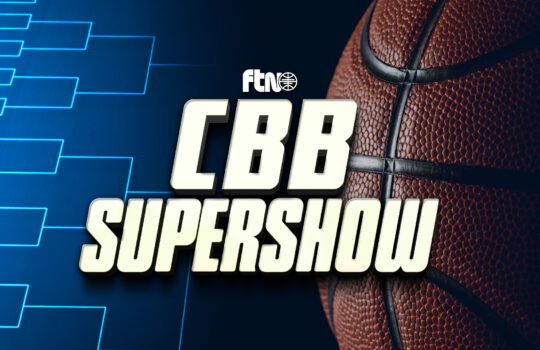

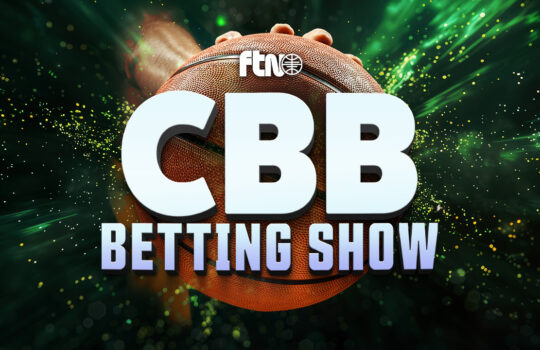











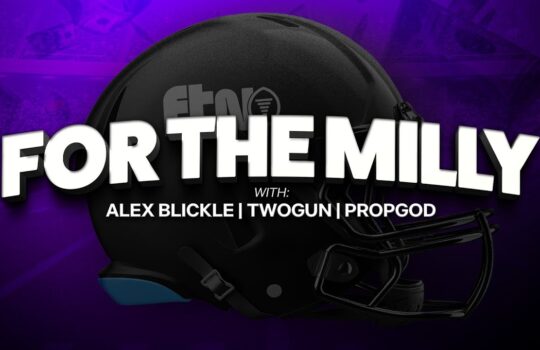






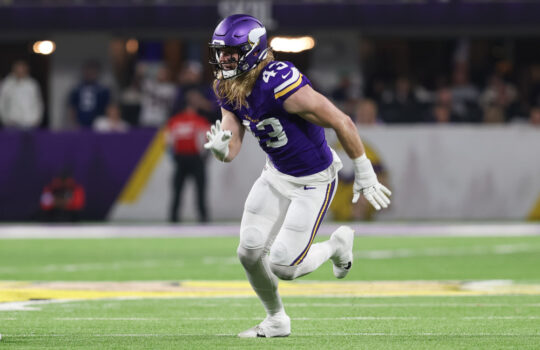



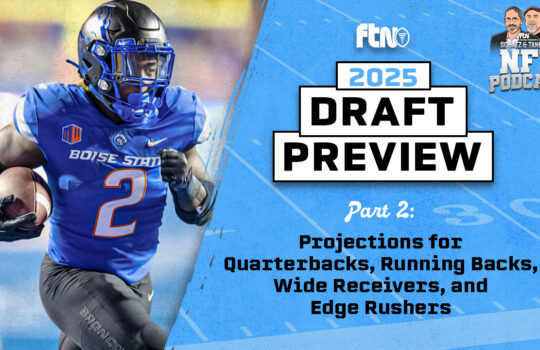

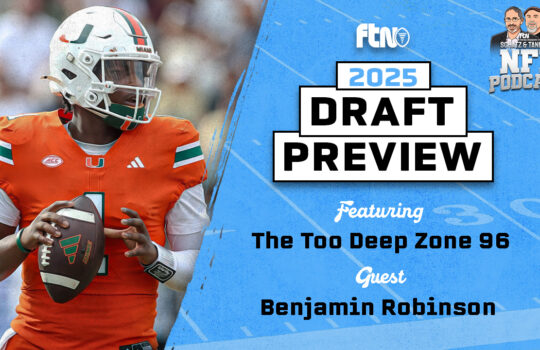
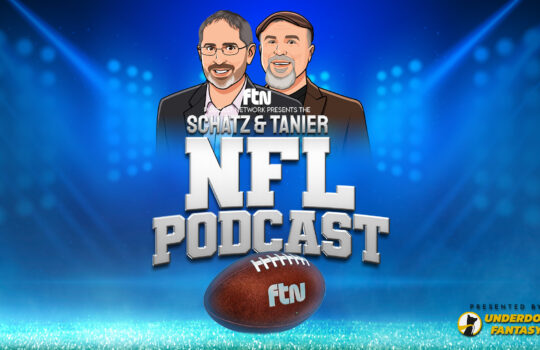




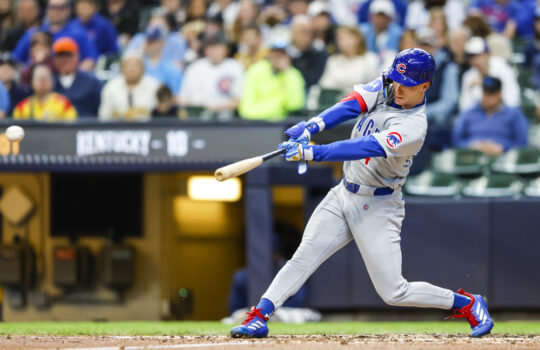



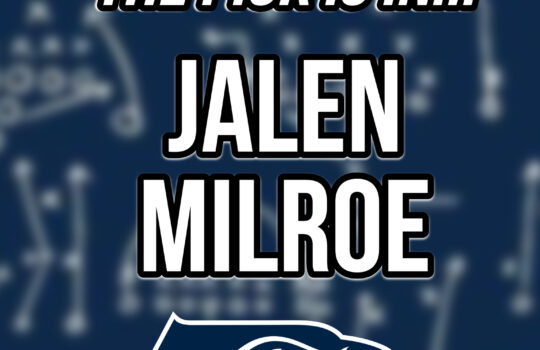

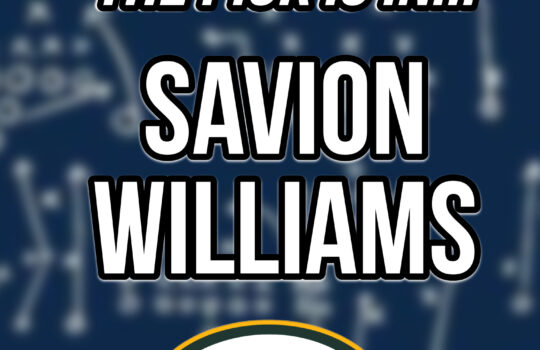
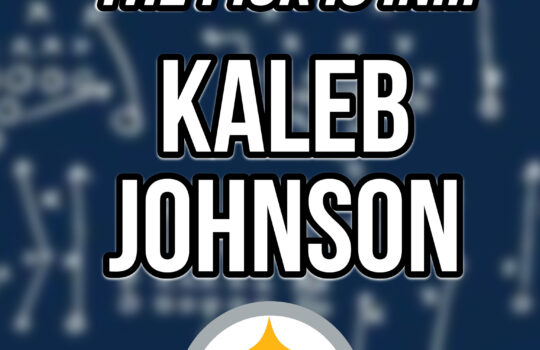

 New York Jets
New York Jets  New England Patriots
New England Patriots 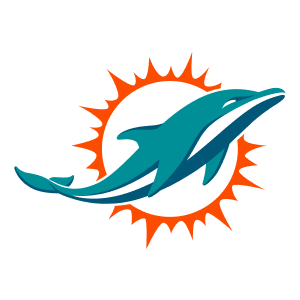 Miami Dolphins
Miami Dolphins  Buffalo Bills
Buffalo Bills  Pittsburgh Steelers
Pittsburgh Steelers  Cleveland Browns
Cleveland Browns  Cincinnati Bengals
Cincinnati Bengals  Baltimore Ravens
Baltimore Ravens 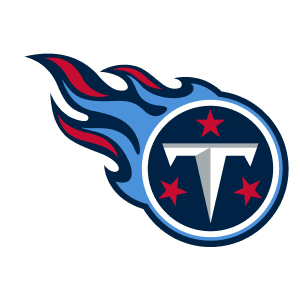 Tennessee Titans
Tennessee Titans  Jacksonville Jaguars
Jacksonville Jaguars  Indianapolis Colts
Indianapolis Colts  Houston Texans
Houston Texans  Las Vegas Raiders
Las Vegas Raiders 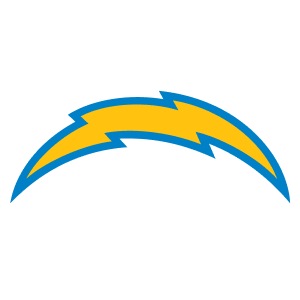 Los Angeles Chargers
Los Angeles Chargers  Kansas City Chiefs
Kansas City Chiefs  Denver Broncos
Denver Broncos  Washington Commanders
Washington Commanders  Philadelphia Eagles
Philadelphia Eagles  New York Giants
New York Giants  Dallas Cowboys
Dallas Cowboys  Minnesota Vikings
Minnesota Vikings  Green Bay Packers
Green Bay Packers 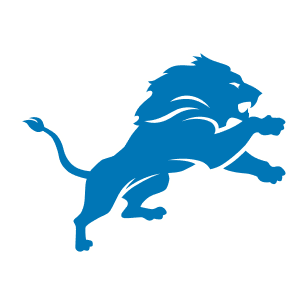 Detroit Lions
Detroit Lions 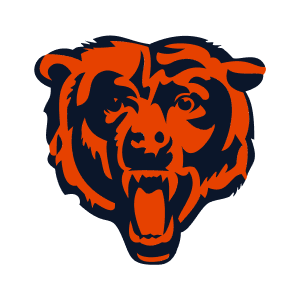 Chicago Bears
Chicago Bears 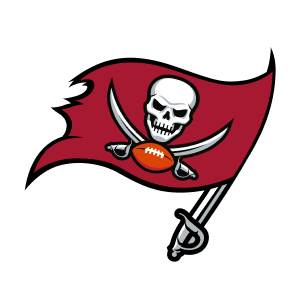 Tampa Bay Buccaneers
Tampa Bay Buccaneers  New Orleans Saints
New Orleans Saints 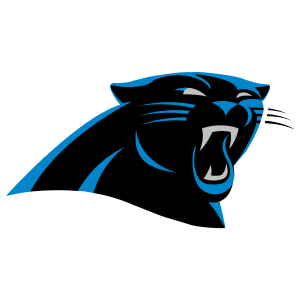 Carolina Panthers
Carolina Panthers 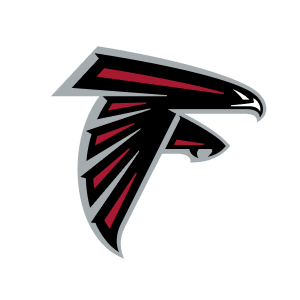 Atlanta Falcons
Atlanta Falcons  San Francisco 49ers
San Francisco 49ers 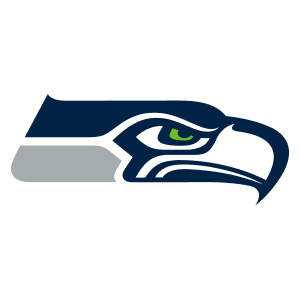 Seattle Seahawks
Seattle Seahawks  Los Angeles Rams
Los Angeles Rams 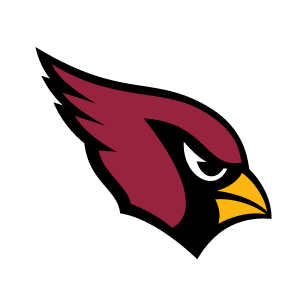 Arizona Cardinals
Arizona Cardinals 
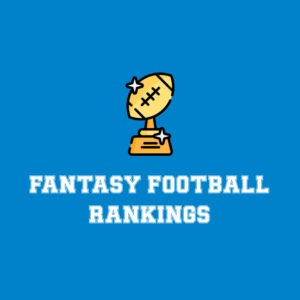
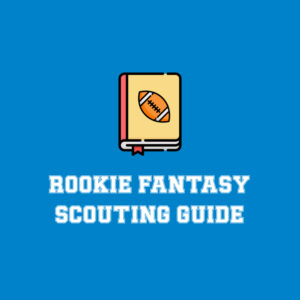
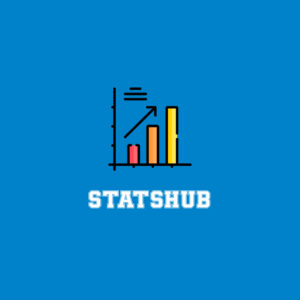
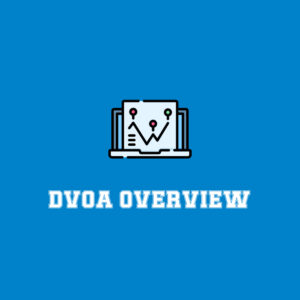




 Boston Celtics
Boston Celtics  Brooklyn Nets
Brooklyn Nets 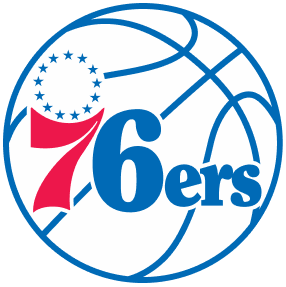 Philadelphia 76ers
Philadelphia 76ers  New York Knicks
New York Knicks  Toronto Raptors
Toronto Raptors  Chicago Bulls
Chicago Bulls  Detroit Pistons
Detroit Pistons  Milwaukee Bucks
Milwaukee Bucks  Cleveland Cavaliers
Cleveland Cavaliers  Indiana Pacers
Indiana Pacers  Orlando Magic
Orlando Magic 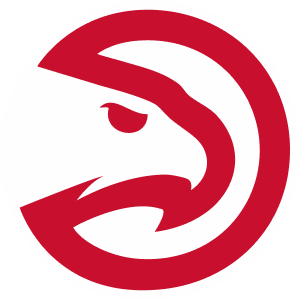 Atlanta Hawks
Atlanta Hawks  Charlotte Hornets
Charlotte Hornets  Miami Heat
Miami Heat  Washington Wizards
Washington Wizards  Denver Nuggets
Denver Nuggets  Minnesota Timberwolves
Minnesota Timberwolves  Oklahoma City Thunder
Oklahoma City Thunder  Portland Trail Blazers
Portland Trail Blazers  Utah Jazz
Utah Jazz  LA Clippers
LA Clippers  Golden State Warriors
Golden State Warriors  Los Angeles Lakers
Los Angeles Lakers  Phoenix Suns
Phoenix Suns  Sacramento Kings
Sacramento Kings  Dallas Mavericks
Dallas Mavericks  Houston Rockets
Houston Rockets  Memphis Grizzlies
Memphis Grizzlies  New Orleans Pelicans
New Orleans Pelicans  San Antonio Spurs
San Antonio Spurs 
